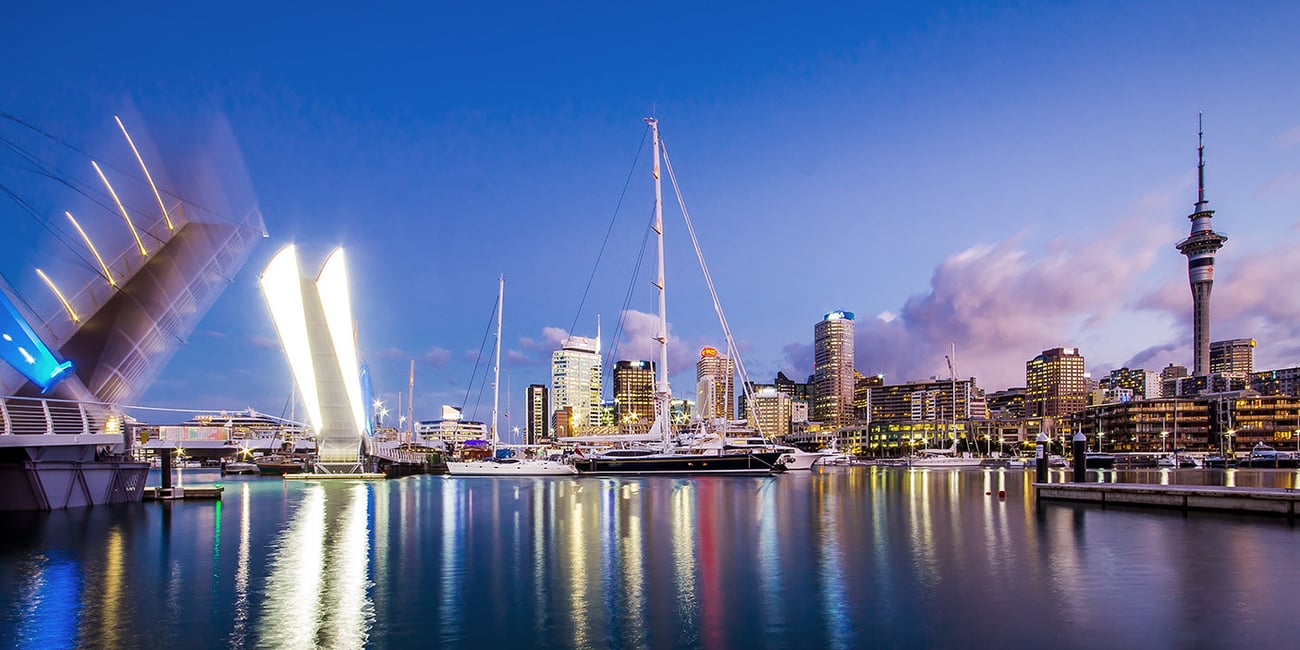Gamifying the city: How AR can create motion – and emotion

If you’ve driven past Mission Bay Reserve lately – or any public place for that matter – you’ve likely seen unusually large groups of people huddled over their phones, concentrating intensely. They are playing Pokémon GO, an app-based game that has ushered augmented reality (AR) into the mainstream. AR, a hyped technology in digital circles since the early 90’s, adds a layer of virtual information onto the real world via your smartphone screen. In Pokémon Go, players wander through real-life environments to hunt and catch virtual Pokémon characters that appear on their screen. After years of AR games flying under the radar, why does this one suddenly captivate even the most luddite of my friends?
Nostalgia over Pokémon amongst Millennials, and the appeal of cartoons to a younger audience are surely a factor. So are the right contextual conditions: high smartphone penetration, easy access via the cloud, fast and affordable data, a well-designed user experience. It’s a great game in itself and combined with AR, this mobile-based game becomes quite visceral.
The potential of AR as a platform for location-based discovery has long been evident, but Pokémon Go illustrates how gamification can powerfully enhance its engagement. Gamification is the transformation of activities and goals into games with intrinsic and extrinsic rewards and points to motivate and activate people, often with the goal of behaviour change. Loyalty programmes and fitness trackers, for example, are based on gamification principles.
Advocates of Pokémon Go are delighted that the game has managed to get people doing more physical activity, out in their communities and connecting with others. In fact, the app was designed for people to explore cities and towns, deliberately locating Poké Stops “near public art, unique architecture or public gathering places.” There is criticism that some people are too absorbed in the game to appreciate their surroundings, but in general its advantages seem to outweigh its disadvantages.
Las Vegas created a Pokémon Go guide for visitors that pointed them to Pokémon character locations.
And the US National Parks Service invited players to roam the parks while encouraging them to look up, run around and appreciate all of the real reality around them.
As cities like Auckland strive to become more livable and anticipate growth, it’s important to remember that knowledge, history, community and creativity give places their character and sense of identity. AR gaming platforms can be a tool to not only discover a city, but also to cultivate an emotional connection with it.
Jewish Time Jump in New York, for example, overlays geo-tagged historical photos and stories to take people back to the early 20th century, just before a massive garment workers uprising that ended in tragedy. Players are “journalists” who have to travel back in time to write a story.
Pokémon Go has proved its value as a community catalyser. A Pokémon Go walk through Sydney Botanical Garden organised by an everyday resident attracted 1,000 people and birthed the #PokeGOwalk hashtag, as well as police awareness.
Contribution and creativity in this space can be encouraged by opening up public data for citizens and entrepreneurs to make their own platforms (AR, gamified or not), creating a sense of investment and co-ownership in the city. Big Apps NYC does this and challenges developers, designers, and entrepreneurs to “create functioning, marketable tech tools that help solve pressing civic challenges”, awarding winners $125,000 in cash prizes and product development resources.
Sure, there are already a lot of crowdsourced, gamified, citizen participant sites out there. But the success of Pokémon Go has opened eyes to the possibilities of AR and gamification for actually influencing people’s behaviour. Now, a critical mass of people with the means to access augmented reality know what it is and think it’s fun and easy. It’s fun because it’s a game that’s visceral, works in real time, in the real world, where you want, together with others.
More broadly, as mobile device ownership becomes the default, engaging with citizens through a website will not suffice. As cities become smarter and more data integrated, people will concurrently expect more intuitive and contextual information about their cities in their hands. To galvanize them, that information needs to be compelling.





